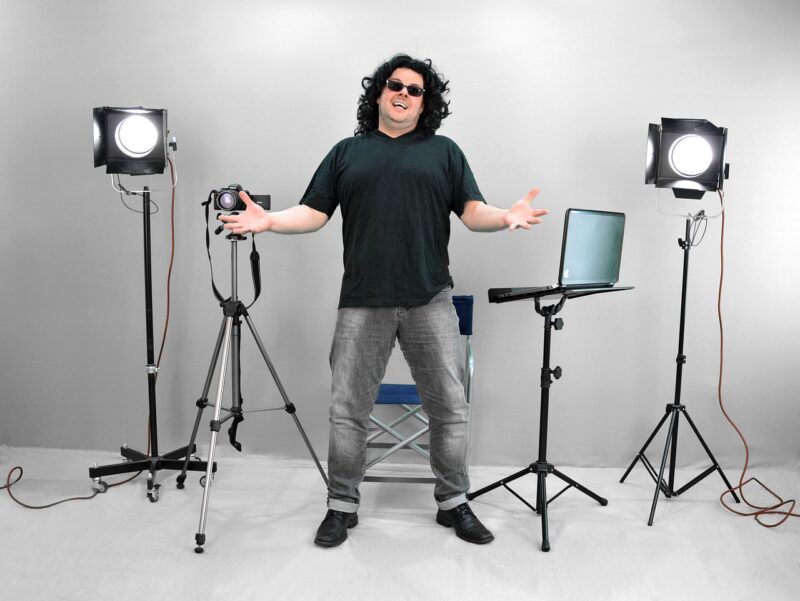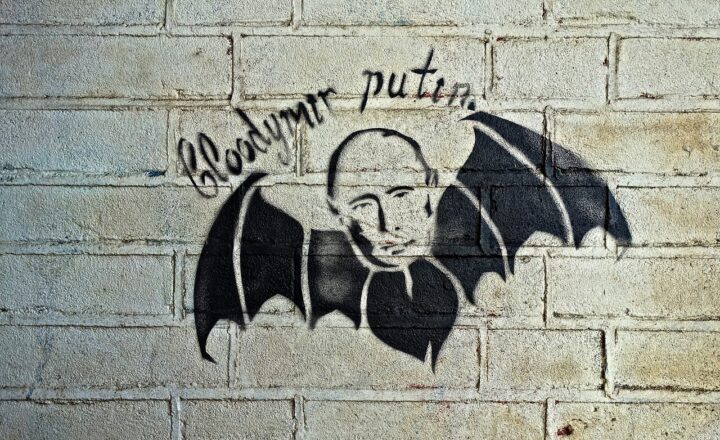
Voice acting has become an integral part of modern animation, breathing life into characters that have captivated audiences of all ages. From animated films to television shows and video games, the role of a voice actor is both pivotal and multifaceted. In this article, we will explore the evolution, techniques, challenges, and importance of voice acting in animation.
1. The Evolution of Voice Acting in Animation
Voice acting in animation has transformed dramatically since its inception. Early animations, such as the classic works of Walt Disney in the 1920s and 1930s, showcased the first voice talents, with actors like Walt Disney himself voicing Mickey Mouse. Over the years, as technology advanced and the animation industry grew, so did the complexity of voice performances.
In the 1980s and 1990s, series like “The Simpsons” and “DuckTales” popularized voice acting as a legitimate career. This era introduced audiences to a variety of talented voice actors, leading to a burgeoning industry where skilled professionals could thrive. Today, animated features often boast star-studded casts, with actors from different backgrounds bringing their unique styles to the table.
2. The Importance of Voice Acting in Animation
Voice acting serves several crucial purposes in animation:
– **Character Development:** The voice brings characters to life, establishing their personality, backstory, and emotional depth. A character’s voice can convey laughter, sadness, anger, and excitement, influencing audience perception.
– **Audience Connection:** Audiences form a connection with characters through their voices. Iconic performances can leave lasting impressions, making characters unforgettable.
– **Storytelling:** Voice actors play a vital role in storytelling, helping to convey the narrative through dialogue delivery, tone, and inflection. The way a line is delivered can change the entire emotional framework of a scene.
As technology makes animation more accessible, the demand for skilled voice actors continues to rise, shaping the future of storytelling.
3. Techniques Used in Voice Acting
Successful voice acting involves a blend of technique, creativity, and performance skills. Here are some essential techniques:
– **Character Analysis:** Before stepping into the recording booth, voice actors must analyze the character’s motivations, personality traits, and emotional state. This helps them create a voice that accurately represents the character’s essence.
– **Vocal Modulation:** Adjusting pitch, tone, and speed is crucial in voice acting. Actors manipulate their voices to portray different characters or emphasize certain emotions, allowing for versatility in performances.
– **Improvisation:** Voice actors often improvise to capture the spontaneity of character interactions. This skill can help create more genuine and relatable performances.
– **Microphone Techniques:** Knowing how to utilize the microphone effectively is fundamental. Actors learn how to control their distance from the mic, adjust volume levels, and use breath control to avoid unwanted noises during recordings.
4. Challenges Faced by Voice Actors
While voice acting is an exciting profession, it comes with its own set of challenges:
– **Typecasting:** Voice actors often find themselves pigeonholed into specific roles, which can limit their opportunities. Breaking free from typecasting requires intentional diversification of their skillset.
– **Physical Demands:** Voice actors frequently need to perform in unconventional positions; emotions can sometimes require them to move or gesture physically, even though they are behind a mic.
– **Health:** Maintaining vocal health is vital. Voice actors need to warm up their voices, stay hydrated, and avoid strain to ensure they can perform at their best.
Understanding these challenges can help aspiring voice actors prepare for a successful career in animation.
5. Notable Voice Actors in Animation
Several talented voice actors have left an indelible mark on the world of animated characters:
– **Mel Blanc:** Known as “The Man of a Thousand Voices,” Blanc voiced iconic characters like Bugs Bunny and Daffy Duck, paving the way for voice acting as an art form.
– **Tom Kenny:** The voice behind SpongeBob SquarePants, Kenny has contributed to numerous animated series, showcasing both his range and ability to bring characters to life.
– **Tara Strong:** Renowned for her versatile voice, Strong has played characters in various beloved series, including “The Powerpuff Girls” and “Teen Titans.”
These actors exemplify the talent and passion required to succeed in voice acting and inspire future generations in the field.
6. Future Trends in Voice Acting for Animation
As technology continues to evolve, voice acting will likely see several trends:
– **AI and Voice Synthesis:** The rise of artificial intelligence may influence voice acting by creating synthesized voices for characters. While this technology has its benefits, the artistry of human voice acting remains irreplaceable.
– **Diverse Representation:** The demand for authentic representation is growing, prompting studios to cast voice actors who genuinely reflect the characters’ backgrounds and experiences.
– **Crossover Opportunities:** As streaming services like Netflix and Disney+ produce more animated content, voice actors may have more chances to collaborate across different genres and platforms.
Embracing these trends can help aspiring voice actors navigate the future landscape of animation.
Conclusion
Voice acting is a vital component of modern animation, acting as a conduit between the characters and the audience. As the industry evolves, voice actors will continue to shape the narratives, emotions, and experiences that resonate with viewers. For anyone interested in this fascinating art form, embracing the journey of learning and performing is essential. By understanding the craft of voice acting, aspiring performers can carve their unique path in the ever-expanding world of animation.
Whether it’s through character exploration, mastering vocal techniques, or overcoming challenges, every step is vital in becoming a successful voice actor in modern animation. As we look to the future, one thing is clear: the voice acting craft will remain an essential, dynamic, and creative force in animated storytelling for years to come.







